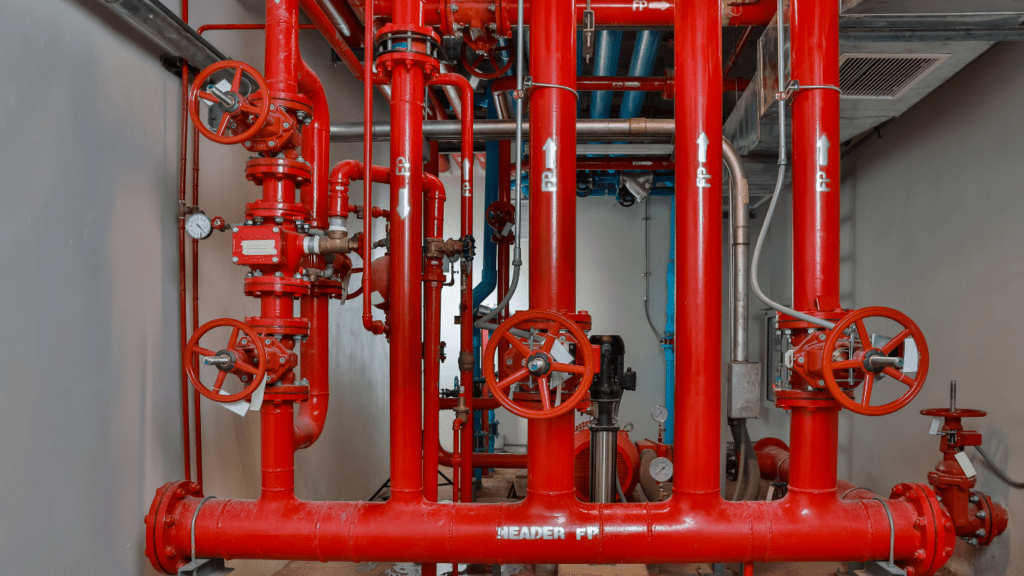High-rise buildings have become a prominent feature of urban India, from glittering skyscrapers to apartment complexes. These structures are a testament to modern architecture and urban development. However, with the rise in high-rise buildings, there is a pressing need to prioritize fire safety, and fire hydrant systems play a pivotal role in this context.
Understanding the Importance of Fire Hydrant Systems
In India, where high-rise buildings are increasingly common, the role of fire hydrant systems cannot be understated. These systems are crucial for several reasons:
Rapid Fire Response
High-rise buildings pose unique challenges during a fire emergency. Accessing upper floors with traditional firefighting equipment can be difficult. Fire hydrant systems are designed to provide a quick and efficient water supply to firefighters, allowing them to respond rapidly to fire incidents.
Water Availability
India often faces water scarcity issues, especially in urban areas. Fire hydrant systems ensure that an adequate water supply is available when needed for firefighting. They can draw water from municipal sources, water tanks, or dedicated fire storage tanks within the building.
Preventing Fire Spread
In high-rise buildings, fires can quickly spread vertically and horizontally. Fire hydrant systems provide a strategic advantage in containing and suppressing fires, reducing the risk of it spreading to other floors or neighboring structures.
Evacuation Support
Safety is a top priority in high-rises. Fire hydrant systems offer a safety net, providing a controlled environment for occupants to evacuate the building while firefighters work to extinguish the fire. This minimizes the risk to residents and emergency responders.
Compliance with Regulations

